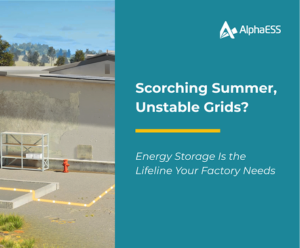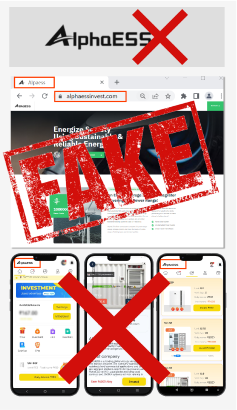Solar and Storage 101
2020-06-30
Solar panels have one job: They collect sunlight and transform it into electricity. But they can make that energy only when the sun is shining. That’s why the ability to store solar energy for later use is important: It helps to keep the balance between electricity generation and demand. Lithium-ion batteries are one way to store this energy—the same batteries that power your phone.
Why lithium?
There are many ways to store energy: pumped hydroelectric storage, which stores water and later uses it to generate power; batteries that contain zinc or nickel; and molten-salt thermal storage, which generates heat, to name a few. Some of these systems can store large amounts of energy.
Lithium is a lightweight metal that an electric current can easily pass through. Lithium ions make a battery rechargeable because their chemical reactions are reversible, allowing them to absorb power and discharge it later. Lithium-ion batteries can store a lot of energy, and they hold a charge for longer than other kinds of batteries. The cost of lithium-ion batteries is dropping because more people are buying electric vehicles that depend on them.
While lithium-ion battery systems may have smaller storage capacity in comparison to other storage systems, they are growing in popularity because they can be installed nearly anywhere, have a small footprint, and are inexpensive and readily available—increasing their application by utilities. Growth in the electric vehicle market has also contributed to further price decreases given that the batteries are an essential component.
What’s a solar-plus-storage system?
Many solar-energy system owners are looking at ways to connect their system to a battery so they can use that energy at night or in the event of a power outage. Simply put, a solar-plus-storage system is a battery system that is charged by a connected solar system, such as a photovoltaic (PV) one.

How does a solar-plus-storage system work?
A storage system works with or without PV

A real case with solar Plus Storage?
Lovely couple live in Jamestown, SA using solar and storage system to generate electricity for their house. Fantastic lavender garden in the backyard is fully powered by Solar and Battery. Bill decreased from their original $800/Quarter to $150/Quarter. On top of that, they are also part of the South Australian HBS (Home Battery Scheme), which is the Virtual Power Plant scheme of South Australia.


Where is this all going?
As solar energy becomes cheaper and more widely used, the market potential for energy-storage devices grows. The challenge is making storage affordable too, with cheaper batteries while improving management and integration techniques. The goal, of course, is to make sure the electric grid can deploy enough energy to accommodate everyone during peak times at an affordable cost, ensuring the reliability of the grid.


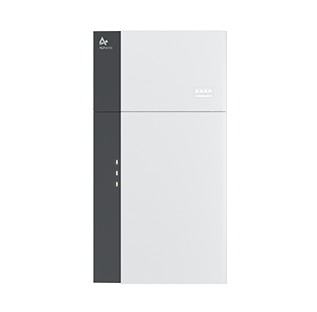
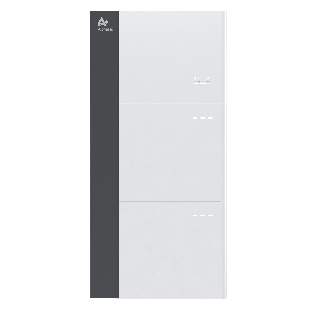

.png)
(3).png)
(2).png)
(545x562xiangsu)(2).png)


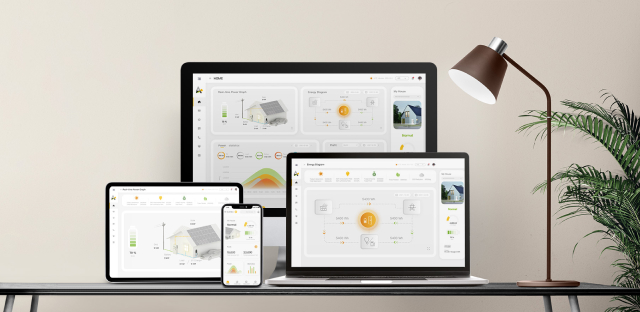
.svg)

















